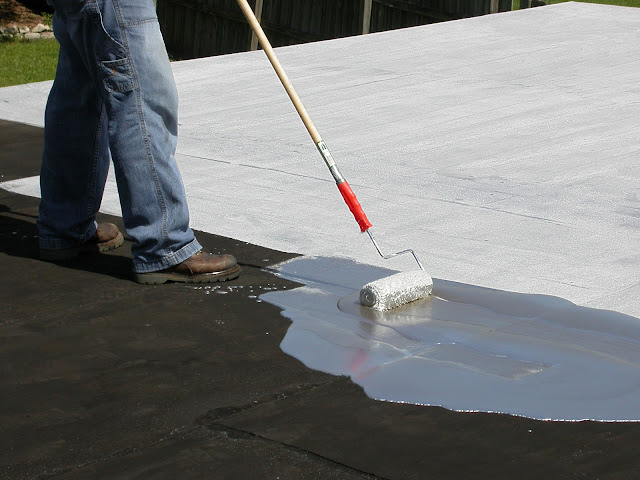The Best Way To Repair Concrete Water Leaks
Leaks in concrete caused by water seepage are a frequent issue that, if not properly managed, may result in significant and costly damage to buildings and other structures. The good news is that there is a wide selection of practical methods for fixing water leaks in concrete that do not need the complete replacement of the concrete. In this piece, we will examine the many approaches to fixing a Concrete water leak repair and talk about the reasons why each potential solution has its advantages and disadvantages depending on the circumstances.
Why Should Water Leaks In Concrete Be Repaired?
When a concrete water leak repair is discovered, it is essential to make the necessary repairs as quickly as humanly possible. If the problem is not handled, water that is leaking through a concrete structure may harm a building's foundation, walls, and floors if it is allowed to continue. In severe circumstances, it is even capable of bringing about the complete collapse of the building. Because of these factors, it is in everyone's best interest to fix a concrete water leak as soon as it is discovered.
Patching And Plugging
Repairing concrete structures that have water leaks often involves one or both of the following: patching and plugging. To repair a fracture or hole with this technique, the damaged area is first filled with an epoxy compound or mortar that will serve as a patch. Before the area may be utilised again, the epoxy or cement has to be allowed to cure completely. In situations in which the leak is greater or more severe, the patching and plugging approach could be less successful, despite the fact that it is a reasonably rapid and cost-effective procedure.
Grouting
The use of grouting is yet another common approach to fixing a concrete water leak repair. This technique consists of injecting a particular grout substance into the crack or hole in order to fill it up and prevent water from penetrating through it. Grouting may cover wider gaps and provides a solution that is more permanent than patching and plugging can. As a result, grouting is often more successful than the other two methods. Grouting, in comparison to patching and plugs, maybe more labour-intensive and expensive, hence it should be avoided if possible.
Injections Of Foam
In recent years, foam injection has emerged as a popular new technique for fixing a concrete water leak repair. This technique is relatively new. In this approach, a foam-like substance is injected into the crack or hole in order to fill it up and stop water from leaking through it. Due to the fact that the foam expands while it is being injected, it is an excellent choice for closing bigger gaps that cannot be closed using patching or grouting. The disadvantage of using foam injection is that it often requires more time and money than other repair methods, such as plugging or patching.
Conclusion
In conclusion, there are many different approaches to fixing a concrete water leak repair, each of which has its own set of advantages as well as disadvantages. Patching and plugging are temporary remedies, although grouting and foam injection are more permanent options that may cover wider gaps. Patching and plugging are also cost-effective alternatives. In the end, the size and severity of the leak will determine which technique of fixing a concrete water leak will prove to be the most effective.



Comments
Post a Comment